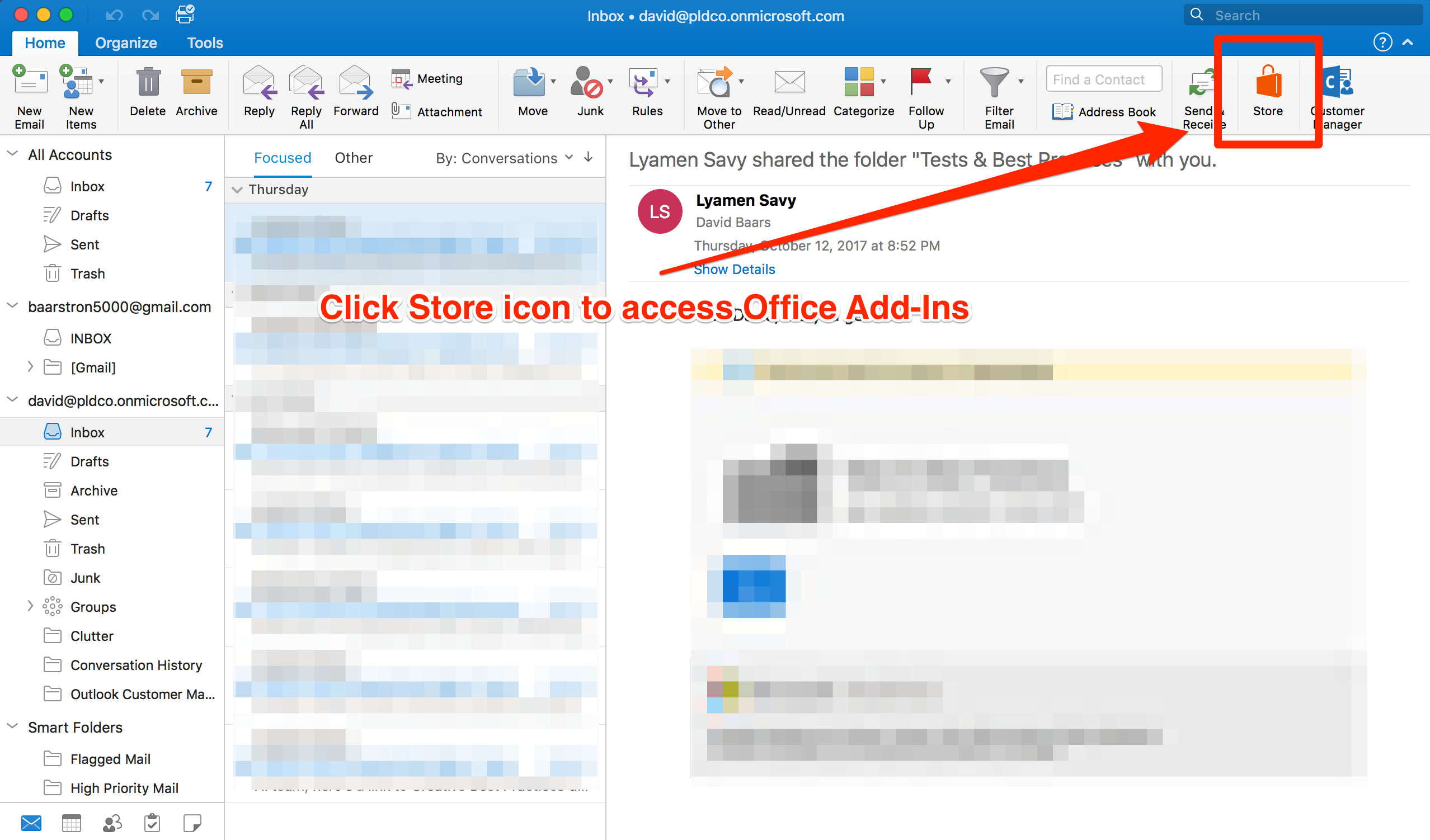-->
Outlook Download For Mac
Applies to: Active Directory Rights Management Services, Azure Information Protection, Windows 10, Windows 8.1, Windows 8
Instructions for: Azure Information Protection client for Windows
If your administrator does not install the Azure Information Protection client for you, you can do this yourself. You must be a local administrator for your PC to install this client so that it can label and protect your documents and emails.

In addition:
- Enterprise Vault Client for Mac OS X does not work with Microsoft Outlook 2016 for Mac (16.x) release. Enter an entitlement ID to download the selected files. If you don’t have an entitlement ID, click Cancel, then click on the circle icon next to one of the selected download files for more information.
- Update Office from the Mac App Store. If you downloaded Office from the Mac App Store, and have automatic updates turned on, your apps will update automatically. But you can also manually download the updates: Open the Mac App Store from your Dock or Finder.
64-bit PC or Mac (the Outlook plugin is an 64-bit application; if you're using a 32-bit system, consider using the Office 365 Add-In).macOS 10.15 Catalina does not support plug-ins, including the Microsoft Outlook Plugin for Zoom.
- The Azure Information Protection client requires a minimum version of Microsoft .NET Framework 4.6.2 and if this is missing, the installer tries to download and install this prerequisite. When this prerequisite is installed as part of the client installation, your computer must be restarted.
To download and install the Azure Information Protection client

The Azure Information Protection classic client is being deprecated in March, 2021.
To deploy the AIP classic client, open a support ticket to get download access.
Run the AzInfoProtection.exe file to start the installation. If you are prompted to continue, click Yes.
On the Install the Azure Information Protection client page:
Select the option to install a demo policy if you cannot connect to the cloud but want to see and experience the client side of Azure Information Protection by using a local policy for demonstration purposes. When your client connects to an Azure Information Protection service, this demo policy is replaced with your organization's Azure Information Protection policy.
Click I agree when you have read the license terms and conditions.
If you are prompted to continue, click Yes, and wait for the installation to finish.
Click Close. Before you start to use the Azure Information Protection client: https://tubegol.netlify.app/download-winamp-dsp-for-mac.html.
If your computer runs Office 2010, restart your computer and then go to the next section for your final step.
For other versions of Office, restart all Office applications and all instances of File Explorer. Your installation is now complete and you can use the client to label and protect your documents and emails.
Winding upIn a nutshell, if the features of the iTools Mac is described, you will see that it is an app that is easy to use and awell-established application management system. Apple itools download.
Installing the Azure Information Protection client with Office 2010
After you have installed the Azure Information Protection client by using the previous instructions:
Outlook Client For Mac Download Software
Open Microsoft Word. When this is the first time that you have run an Office 2010 application after you have installed the Azure Information Protection client, you see a Microsoft Azure Information Protection dialog box. This dialog box tells you that administrator credentials are required to complete the sign in process.
In the Microsoft Azure Information Protection dialog box, click OK.
If you see a User Access Control dialog box, click Yes so that the Azure Information Protection client can update the registry.
Your installation is now complete and you can use Azure Information Protection to label and protect your documents and emails.
Other instructions
More how-to instructions from the Azure Information Protection user guide:
Additional information for administrators
Outlook Client For Mac Download Windows 10
See Install the Azure Information Protection client for users from the admin guide.